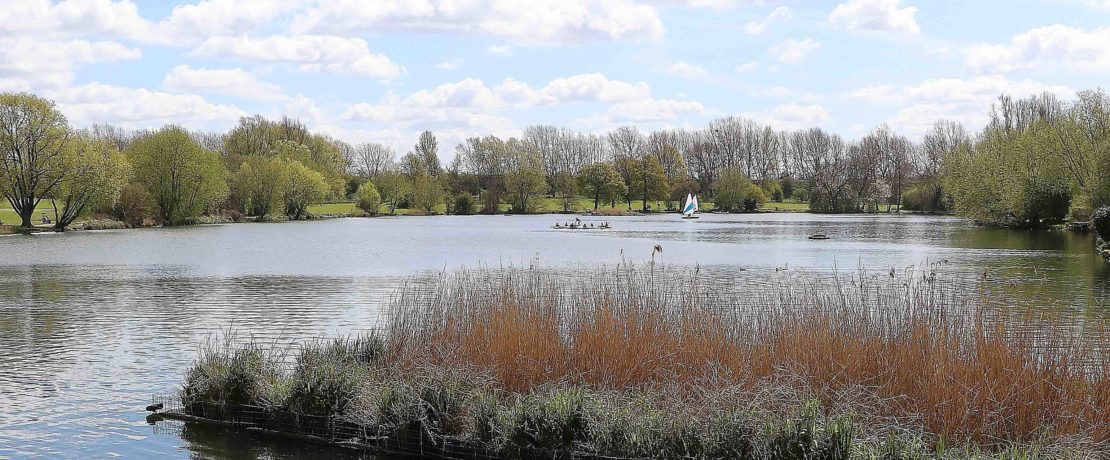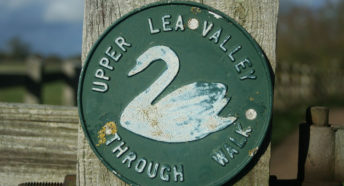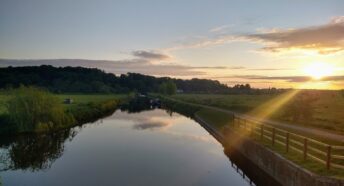Following the swan – a walk down the Lea Valley – part 2
The Lea is Hertfordshire’s principal river, flowing for 58 miles from its source at Leagrave near Luton to the Thames; with its tributaries it drains over half the county. The Lea Valley Walk covers 53½ miles, because its route takes some short-cuts and meanders less.
The Cicerone guide (third edition published in 2015) is the authoritative source of information on The Lea Valley Walk. Here in part 2, CPRE Hertfordshire’s Elizabeth Hamilton describes the second part of the Walk – from Lemsford to Hertford – including historical context and points of interest.
—
Following the Lea Valley Walk through Lemsford it’s worthwhile to stop in front of Lemsford Mill to admire its facade and listen to the steady sound of the mill wheel turning. The mill building was converted into offices in 2005 and as part of the refurbishment a new waterwheel was installed which generates electricity for the offices and also feeds into the National Grid.
Hertfordshire’s rivers once powered dozens of mills; many produced flour but others used the power for fulling (a process to finish woven cloth), saw milling, silk throwing or papermaking. Sele Mill on the River Beane near Hertford was the first British mill to produce paper for printing, probably from 1491, although later the focus of this industry shifted to rivers in the west of the county. Now only a few watermills in the county remain in working order.
Below Lemsford the path crosses a short stretch of peaceful pasture alongside the river, before crossing the old Great North Road and passing beside the river under the modern A1(M). Beyond, the Walk emerges into the parkland surrounding Stanborough Lakes: the two lakes with the river running alongside provide opportunities for watersports, fishing and birdwatching.
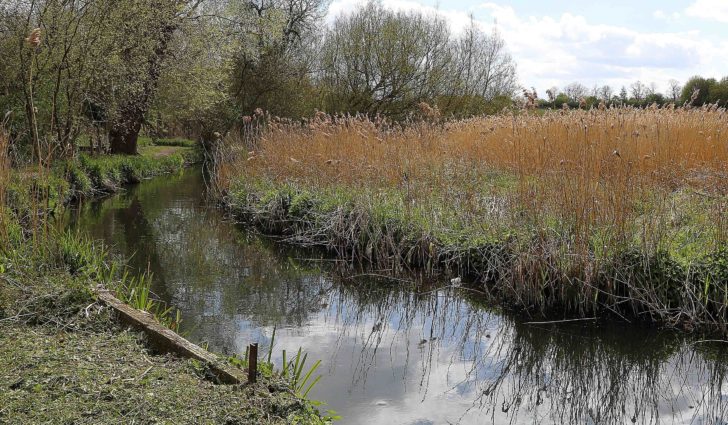
Construction of the lakes on former gravel workings began in 1969 as an amenity on the southern edge of Welwyn Garden City. Today the paths around the lakes and beside the river are ideal for pushchairs and wheelchairs.
Around the lakes it’s possible to get close to some of the birds which live on or beside the water. During the spring many of the birds will be either nesting or escorting young families. Canada geese, with their black necks and distinctive white chin stripes, keep a close watch on their adventurous lime-green goslings. Adult coots are dark grey and black apart from a white forehead and beak, but their chicks when very young have bright red heads surrounded by yellow fluff. Grey wagtails, with their distinctive bobbing action, are quite common waterside birds. A short detour from the lakeside path leads into the Stanborough Reedmarsh, a Herts and Middlesex Wildlife Trust reserve based around one of the county’s largest reedbeds.
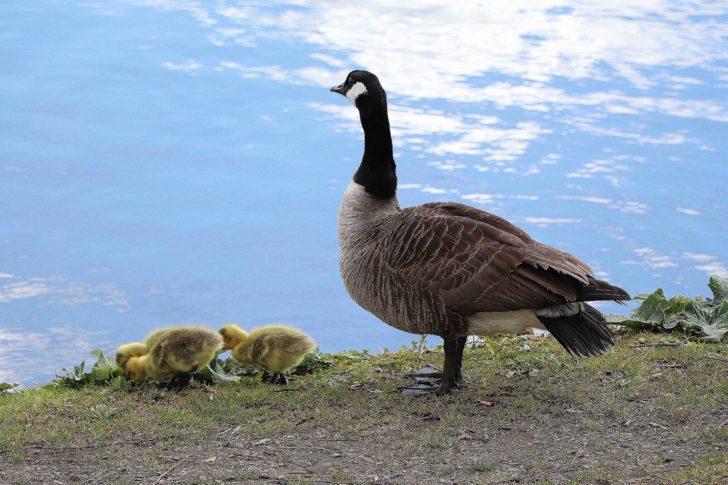
Beyond the end of the southern lake the path leaves the park to go under a railway line, then crosses open farmland. Further on, after a few minutes of roadside walking, the Walk rejoins the riverbank, beside the watermill at Mill Green. Like Lemsford Mill, this mill stopped producing flour early in the 20th Century. The building then lay empty and neglected until its new lease of life started in 1973, when restoration of the mill and mill buildings began. Today the mill is in full working order and regularly mills flour. A local history museum is housed in the adjacent buildings. The mill here (formerly known as Hatfield Mill) was once essential to the economy of the Hatfield Estate and located a short step from the Hatfield Home Park. Now, sadly, mill and park are separated by the busy A414 dual carriageway. Inside, the mill machinery is the main attraction, arranged over three storeys and especially fascinating when working.
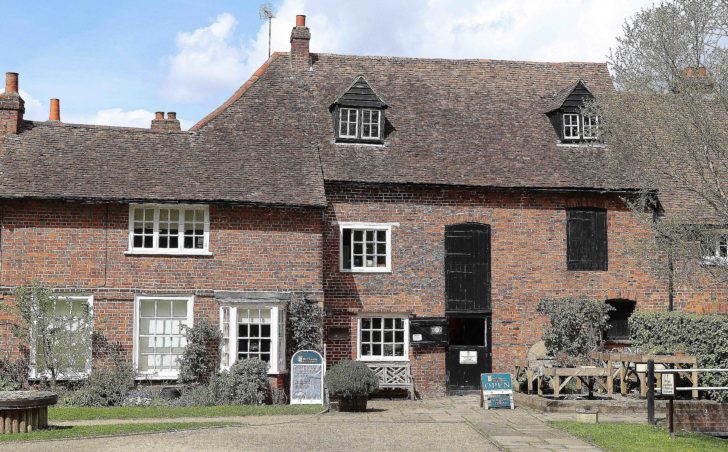
Beyond Mill Green the official route of the Lea Valley Walk turns away from the river, skirting the edge of Welwyn Garden City to join the Cole Green Way, a disused railway line. Below the mill the river itself slips under the main road, to emerge in Hatfield Park. The river here was dammed to power a watermill on the eastern edge of the Park. Once a corn mill, it later became a saw mill and from 1881 housed a dynamo which supplied electricity to Hatfield House. The blue or red Park Walks in Hatfield Park (admission charges apply) reach the Broadwater, the lake created behind the dam.
The river emerges from Hatfield Park and meanders through farmland to the south of the busy A414 road. You can remain close to the river below Hatfield Park by following a public bridleway for the 1½ mile stretch to Holwell Bridge (not accessible from within the Park). Beyond here the river crosses private land with no rights of way. The B158 road stays close to the river but carries heavy lorry traffic and with no pavement it is definitely not suitable for walkers! By contrast the Cole Green Way offers those following the Lea Valley Walk four miles of peaceful walking right into Hertford, ample compensation for losing touch with the river itself.
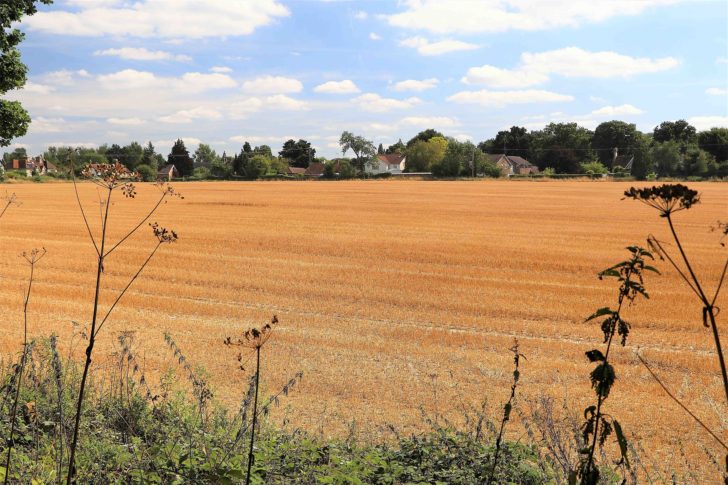
Horse riders and cyclists can also use the Cole Green Way, which emerges from the edge of Welwyn Garden City to cross restored gravel workings. After going under the A414 road the Way runs along the trackbed of the former Hertford and Welwyn Junction railway. This sheltered section is ideal for families, including those with wheelchairs and pushchairs. There is parking and access to the Way by the former Cole Green station, close to the Cowper Arms pub. From this section there are views over quiet countryside and small villages.
The railway opened in 1858, intended to link to the line from Welwyn to Luton, but the two routes were never connected. Between Welwyn and Hertford there was a station at Hertingfordbury as well as at Cole Green, but with business always poor regular use of the line for passengers ceased in 1951. Hertingfordbury Station was still lit by oil lamps when it closed. Trains bringing London’s rubbish to the landfill site at Holwell Hyde sandpits near Cole Green used the line between 1935 and 1966. Then the line closed, apart from a small section serving local factories.
Much of this stretch of the Walk occupies the watershed between the Lea and its tributary the Mimram. Just upstream of their confluence a short detour takes you to the village of Hertingfordbury, which lies alongside the Mimram. The church stands on high land above the river, probably the site of the original bury or burgh (meaning fortified place), likely to have been a settlement since early Saxon times. Although 13th century in origin the church building was heavily restored in the 19th century so that little of the medieval fabric remains.
Inside there are renowned monuments to the Cowper family from Panshanger Park. The monuments in the tower are also of interest. On one side is the poignant figure of a kneeling girl praying beside the tomb of her parents Sir William and Lady Harrington, who lived nearby. He was knighted in 1615, and was MP for Hertford during the reign of Charles I. Opposite is a monument to Lady Calvert, a courtier to Elizabeth I and James I, who died in 1622. Her husband Sir George Calvert founded the colony of Newfoundland and later the US state of Maryland.
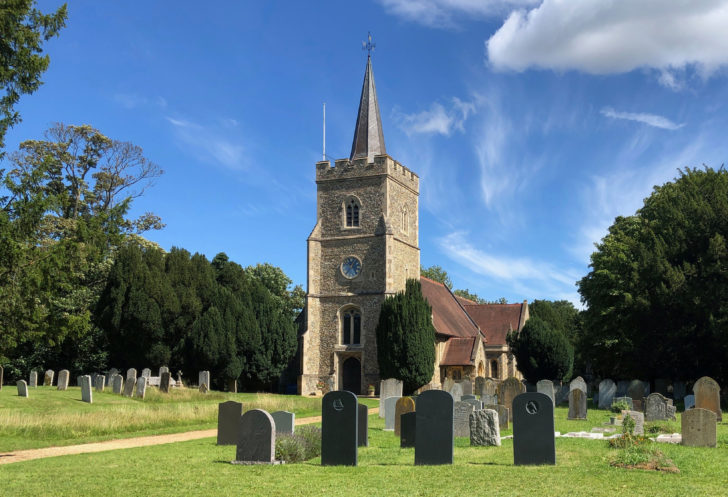
In the churchyard there are many more tombs and monuments, described in a leaflet available to buy in the church. Jane Wenham, the last woman in England to be condemned to death for witchcraft, had been found guilty by a jury at Hertford Assizes in 1711. Queen Anne granted her a reprieve and she lived locally until her death in 1730. She lies here in an unmarked grave.
Approaching Hertford, and just before reaching the viaduct carrying the main line from Kings Cross to Hertford North and beyond, the railway trackbed turns away to the left while the Cole Green Way and the Lea Valley Walk continue under the viaduct. Shortly after passing Hertford football ground the route crosses a bridge over the Lea, the first encounter with the river since leaving Mill Green. The Cole Green Way terminates here, while the Lea Valley Walk threads its way through the outskirts of Hertford, and crosses the ring road to reach Hertford castle.
The town of Hertford dates from Saxon times and in the 10th century two defensive structures were built to guard against Danish attacks, one on each side of the Lea. Soon after 1066 the Normans built a large earth mound or motte which is still visible beside the Lea where it flows through the present castle grounds. The Walk first passes an early 14th century postern gate adjacent to a flint and brick tower and a section of the castle’s curtain wall. Beyond is the imposing brick gatehouse, originally 15th century but much altered in the 18th and early 19th centuries giving it the present ‘gothick’ appearance. Remnants of the medieval structure were found when the building was restored in the 1960s, including ceiling timbers dated to around 1462 in the reign of Edward IV.
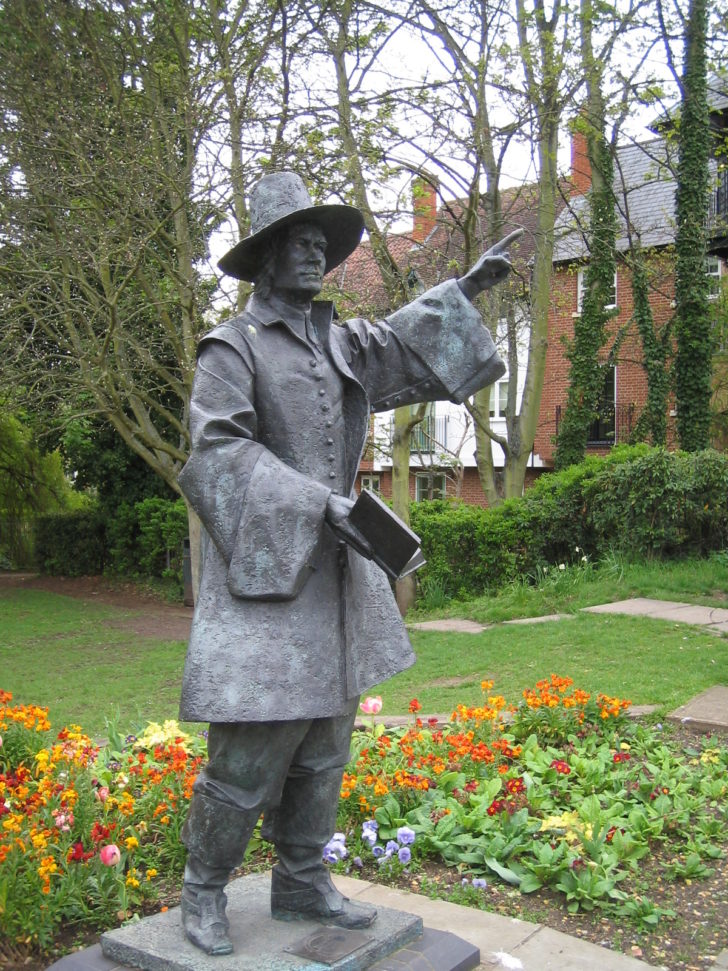
Below the castle the Lea, now augmented by water from the Mimram, rushes over a weir next to Hertford’s theatre. Close by is the statue of another New World pioneer, Samuel Stone, who was born in Hertford in 1602 and founded Hartford in Connecticut. This is the point where the upper Lea ends and the lower Lea begins. Below here the river is navigable. Changes to the river to aid the passage of river traffic began with an Act of Parliament in 1424 and major improvements from 1767 created the ‘navigation’ below Hertford.
The Walk crosses Folly Bridge over the Lea to reach Folly island. Here, beside the Old Barge pub, the towpath begins which runs alongside the river right into London.
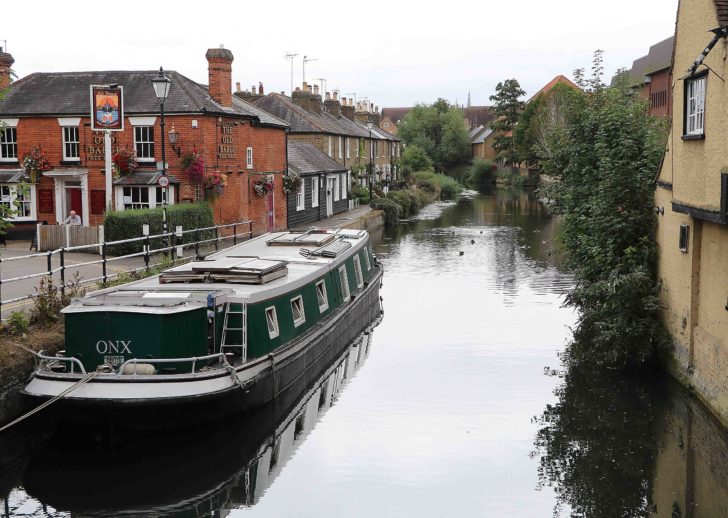
The section of the Walk from Lemsford to Mill Green is about 2 miles. Mill Green to Hertford is 7¾ miles. The 366 bus serves Lemsford (see www.intalink.org.uk), where there is also some roadside parking.
Read about the next section of the walk in Following the Swan – a walk down the Lea Valley – part 3.
—
To learn more about The Lea Valley Walk, you may wish to buy a copy of the official guidebook and walk some or all of the route yourself. Or if you’d like to learn more about the history, people and places along the route, you can arrange for Elizabeth Hamilton to visit your group and provide an illustrated talk of her experiences walking along The Lea.
For more information about our work to promote and protect the Hertfordshire countryside, please sign up below for our newsletter.
